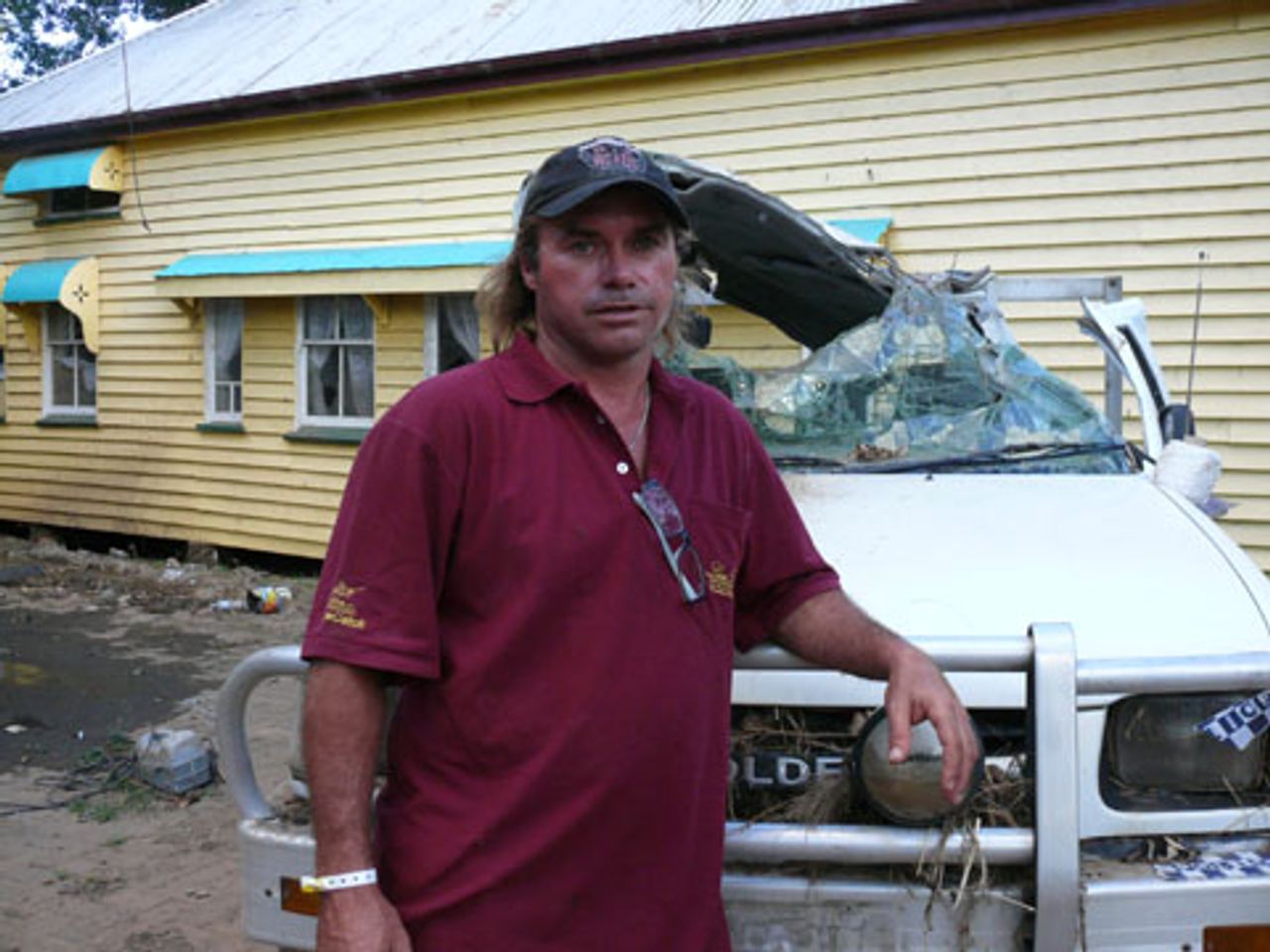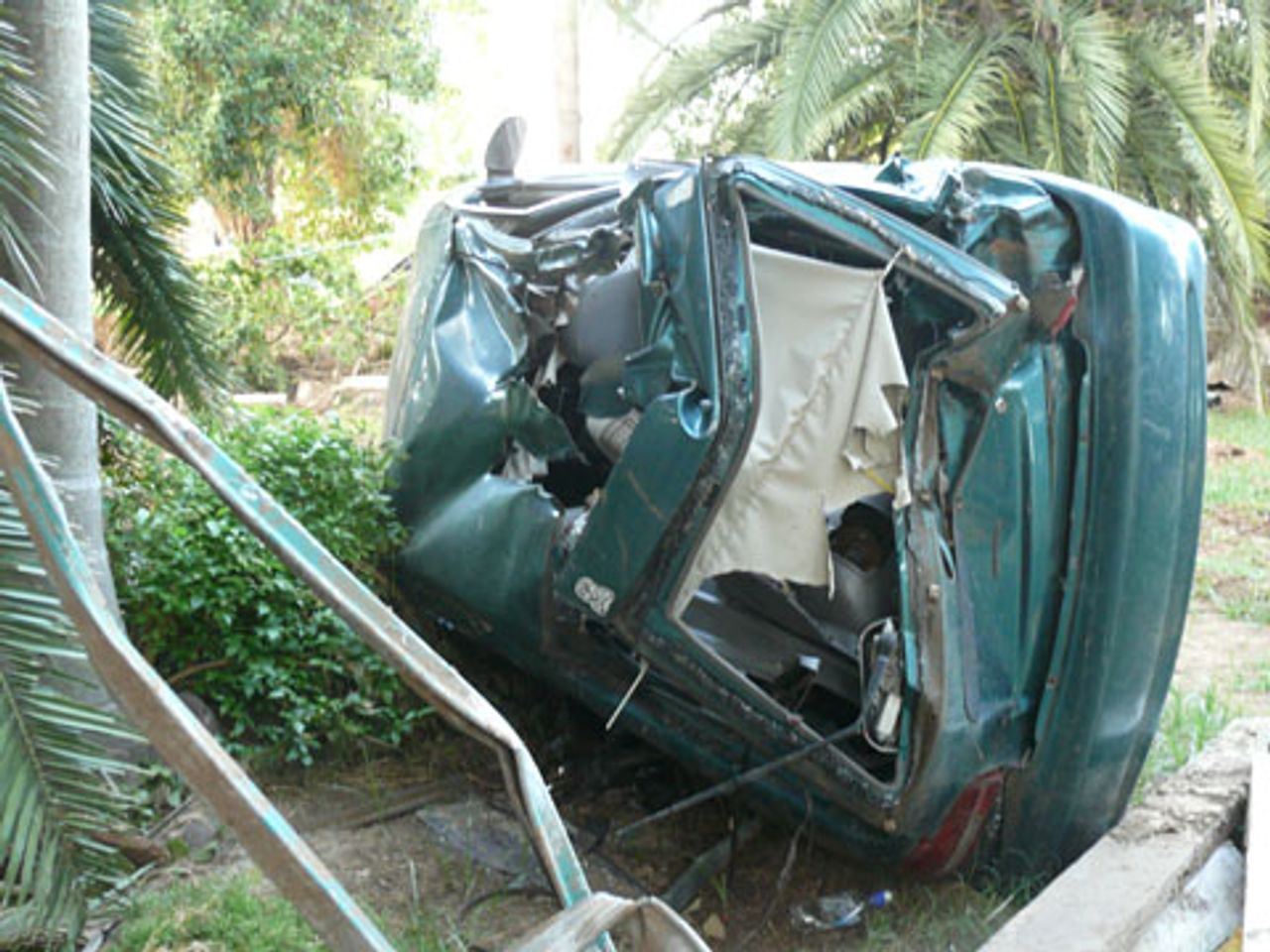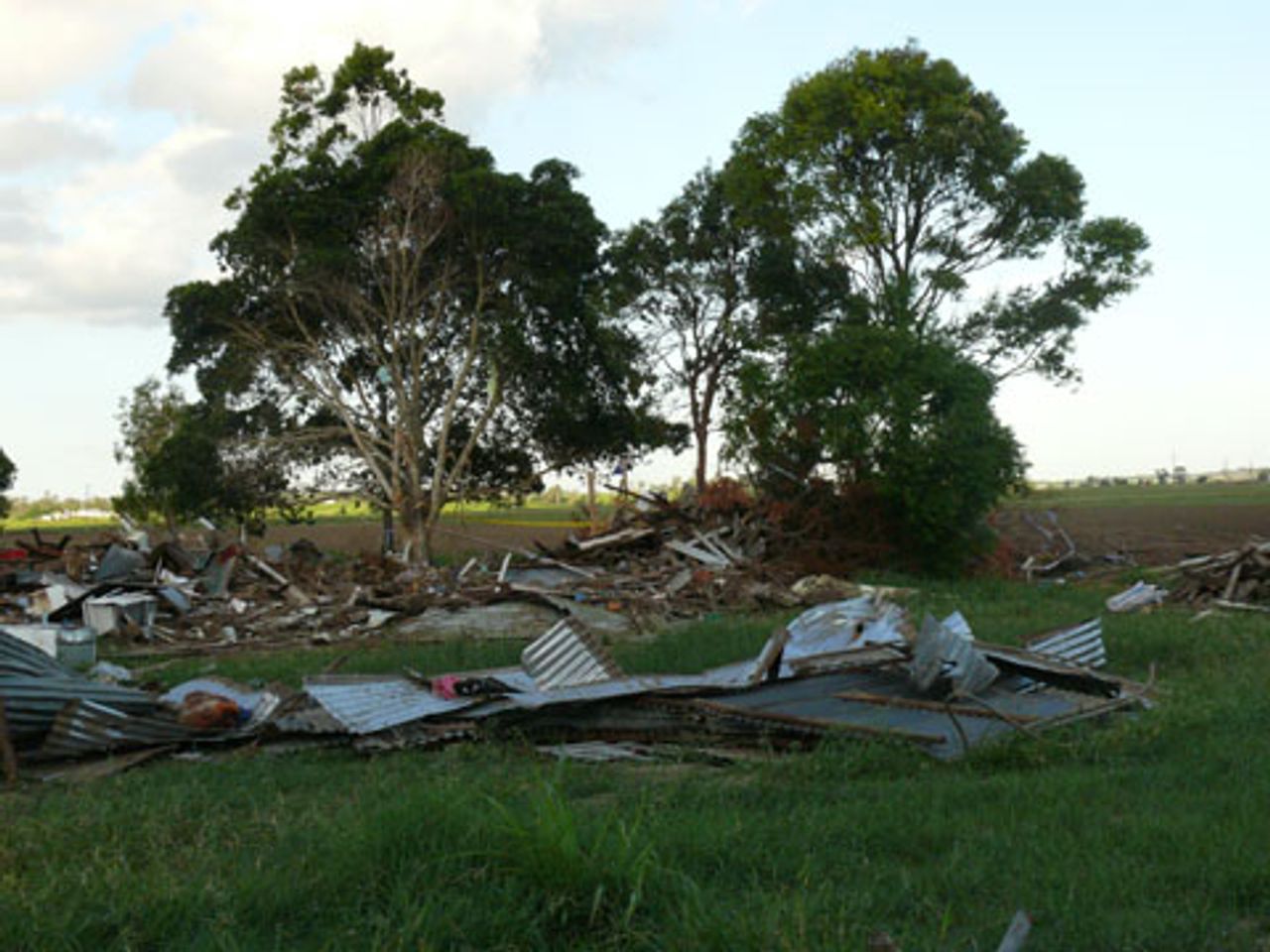Residents of Grantham, the small community about 100 kilometres west of Brisbane that was decimated by flash flooding on January 10, spoke with World Socialist Web Site reporters last week about the needless destruction of their property during the so-called recovery and cleanup operations by state authorities.
Following the disaster, the Queensland state Labor government quickly established police road-blocks around the agricultural town, claiming it was a “crime scene” and had to be sealed. Military engineering equipment and up to 300 military personnel were brought into the town.
Police, acting under the direction of the Queensland Flood Recovery Taskforce headed by Major General Mick Slater, insisted that the lock-down was also aimed at providing security and protecting what was left of peoples’ homes and property.
Several angry residents told us last Friday, however, that the security was a “farce” and that during the following two weeks, a number of properties were needlessly destroyed by the so-called recovery operation.
 Ray Van Dijk
Ray Van DijkOne resident, “Sting Ray” Van Dijk, a mechanic, took us through his street. It was deserted, homes were uninhabitable, and detritus scattered everywhere.
Van Dijk explained that his home was pushed backwards, causing major structural damage. His yard was strewn with all manner of debris, including six badly damaged cars. But the vehicles, he told us, were not destroyed by the flood, but by heavy equipment.
“There was nothing wrong with them,” he continued, “they were salvageable. I’m a mechanic and all I had to do was change the oil and get the engine going, and wash all the mud out.” The cars, however, were smashed beyond repair.
“This destruction is man made. I came home and saw what they’ve destroyed with machinery and by men with no common sense or respect for my gear at all…They just totally destroyed anything I could salvage.”
Pointing to one mangled car, he said it had been picked up and thrown 10 metres from where he had left it. Other vehicles had been dumped on top of each other. One car, a utility, which was indispensable for his work, was totally trashed.
 One of Van Dijk's cars
One of Van Dijk's carsVan Dijk also drew our attention to several motor bikes, including irreplaceable vintage models, stored at the back of the house. They had been run over and crushed by excavators. A neighbour’s car and trailer had also been dragged out and crushed. Although police visited his home two weeks ago and took a report, he had heard nothing since.
“No one has given me answers. No one wants to say who did it,” he said.
Van Dijk pointed to a large pile of splintered planks, smashed glass and mangled corrugated-iron sheeting in a field behind his home. This, he explained, was all that remained of the home of Wendy Smith and her partner Lee Sheppard.
Like Van Dijk’s cars and motor bikes, the obliteration of Smith’s home was not the work of the flood, which had lifted it from its stumps and shifted it 150 metres away from its original site.
 Remains of Wendy Smith's home
Remains of Wendy Smith's homeThe house had miraculously remained largely intact. It was destroyed on January 13 during a body-search operation, when crew used an excavator to rip off the roof. Smith had not been consulted. The home and contents, including valuable china crockery and other personal items, were completely destroyed.
When this was reported in the Australian newspaper on January 27, authorities immediately went into damage control.
A police spokesman declared that “home owners had been informed and consulted throughout the process of the search”. The Lockyer Valley Regional Council also claimed, in a January 28 newsletter, that the Australian Defense Force would not “destroy/demolish a building without permission of the owner…”
Neither the police nor the council, however, has stated publicly who was responsible for the home’s destruction. One resident told us that he had witnessed the demolition and that it had been carried out by a private contractor under the direction of the Queensland police.
Smith, who now lives with her partner in a small caravan, without the most basic essentials, told us that she had “not been consulted at any time by the police”.
“I’ve tried to speak to people in charge about assistance and just been given the brush off. I wasn’t even given transport to the hospital to get my injured foot treated,” she added.
Smith said she was visited by two government officers who gave her a $3,000 cheque. “That was an insult,” she said. “I’ve lost everything.”
These harrowing accounts are just the tip of an iceberg of government and bureaucratic callousness and indifference to the plight of ordinary people.
Queensland flood victims are being told by state authorities that they should take their complaints to the government’s official inquiry into the disaster, which commences this Thursday in Brisbane.
Like the royal commission into the 2009 Victorian bushfires, the Queensland inquiry has been called to protect both state and federal governments for their grossly inadequate emergency services, flood mitigation programs, flood-plain buy-back schemes and other political decisions that have contributed to this massive social nightmare.
The author also recommends:
Australia: Brisbane residents reveal ongoing impact of flood disaster
[5 February 2011]
Australia: Grantham—a community devastated
[4 February 2011]
Australia’s floods: a failure of government and the profit system
[29 January 2011]
Queensland flood chief Major-General Mick Slater issues ominous warning
[14 January 2011]
